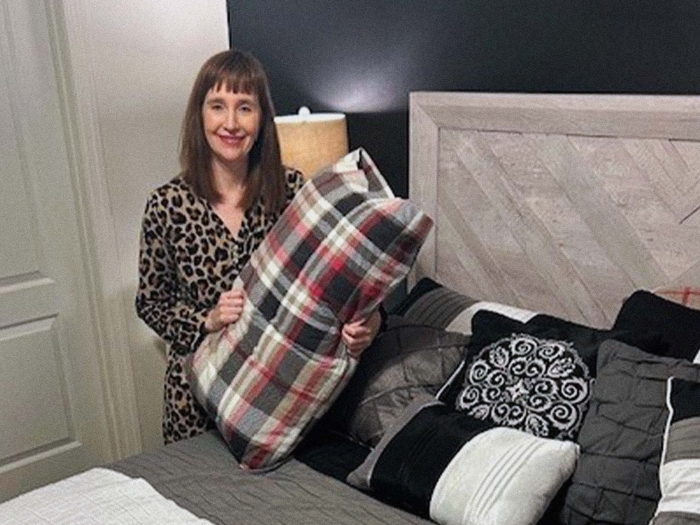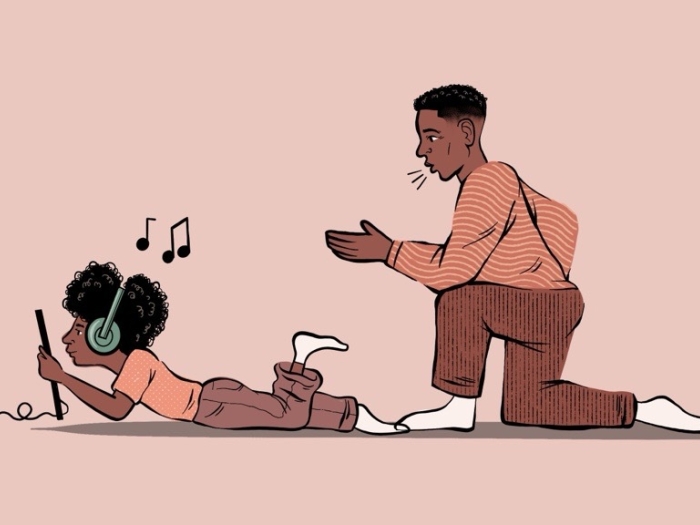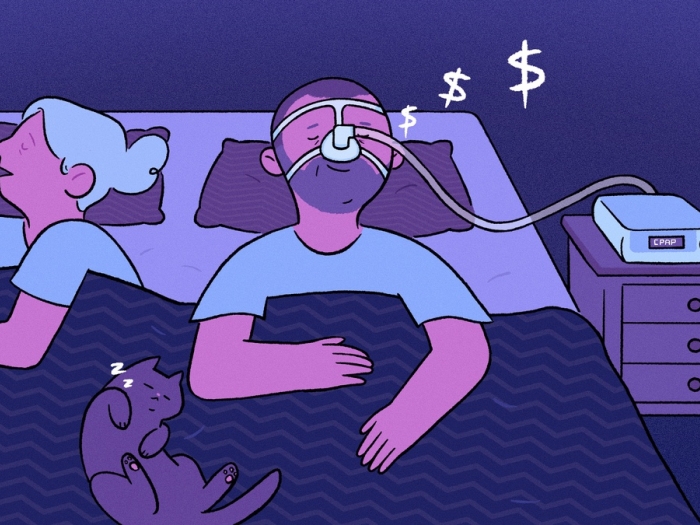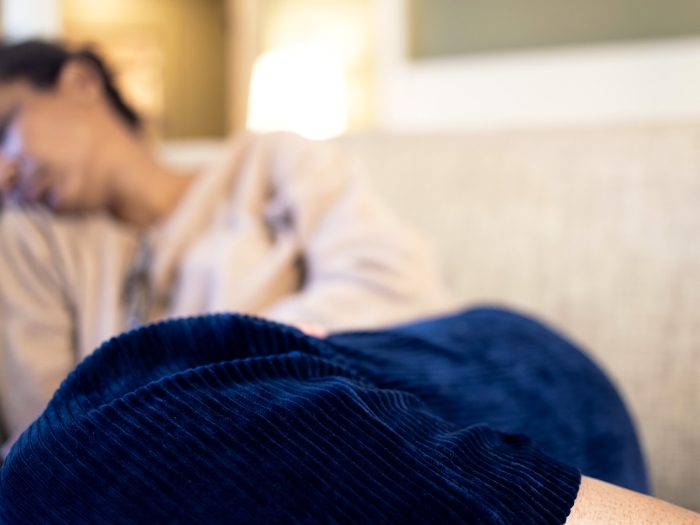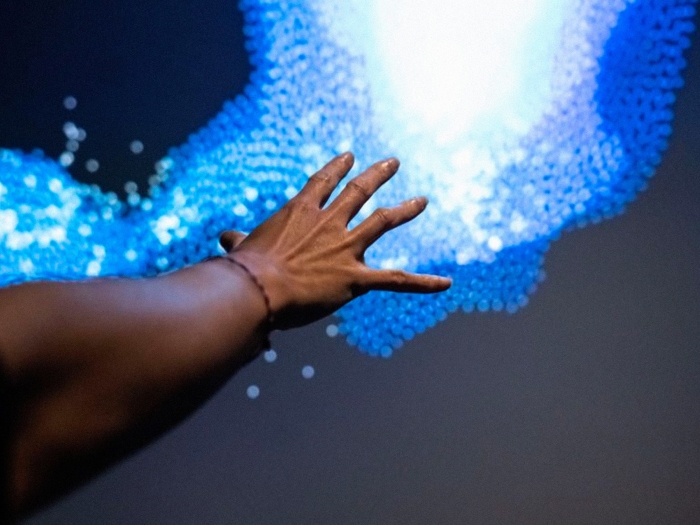One woman with obstructive sleep apnea is getting a better night’s sleep with a new and improved device.
5:00 AM
Author |
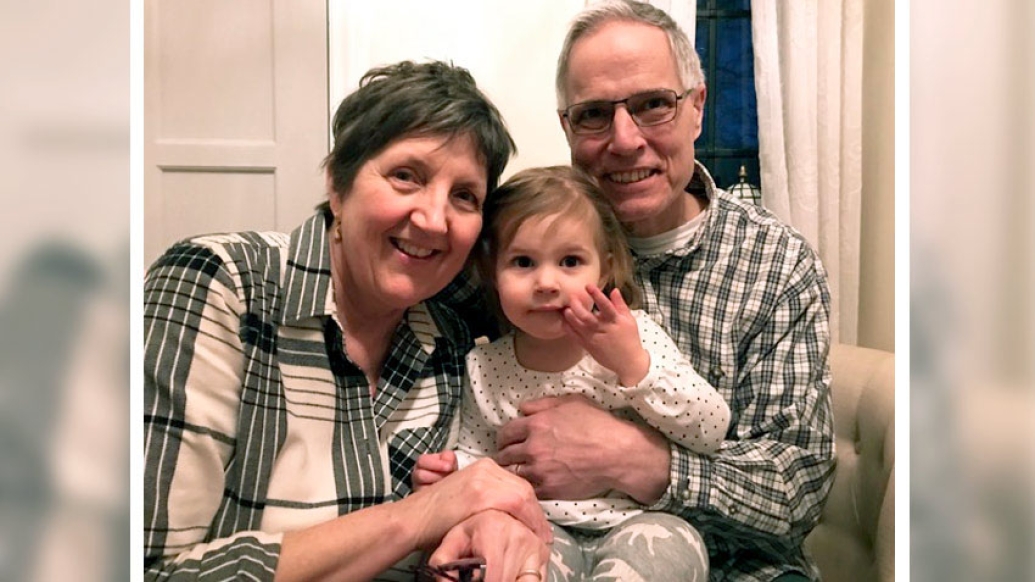
Mary Ellen O'Reilly admits it: "I was a snorer." The 67-year-old attributes it to her mother, whom she recalls was a very loud snorer, and genetics.
"When I was young, I would hear my mom snore at night, but I had no idea really what the sound was," O'Reilly said. "My Dad would come into my room and say, 'Mary Ellen, can you sleep with your Mom? I have to go to work tomorrow.'"
Despite what O'Reilly recalls with humor, her mother's snoring was most likely the symptom of a serious condition known as obstructive sleep apnea. It was the same condition that O'Reilly would be diagnosed with years later.
Understanding obstructive sleep apnea
Obstructive sleep apnea, thought to be approximately 40% attributable to genetics, is a condition in which breathing is interrupted due to throat muscles relaxing and blocking the upper airway during sleep.
"When this happens, the oxygen levels in the body drop and the brain awakens to resume normal breathing," said Cathy Goldstein, M.D., M.S., of the University of Michigan Health Sleep Disorders Center.
Obstructive sleep apnea can range from moderate to severe, based on a measurement and rating system called the apnea-hypopnea index. Severe obstructive sleep apnea means an individual's AHI is greater than 30/h (more than 30 episodes of interrupted breathing per hour of sleep). Moderate obstructive sleep apnea means the AHI is between 15/h and 30/h, and mild obstructive sleep apnea means it is between 5/h and 15/h.
Symptoms of obstructive sleep apnea often include:
-
Loud snoring
-
Disturbed sleep
-
Morning headaches
-
Sleepiness or lack of energy during day time
-
Waking up with dry mouth or sore throat
-
Irritability
-
Insomnia
Telltale signs
O'Reilly knows many of these symptoms — which began more than 15 years ago — all too well. She remembers being exhausted for much of the day.
"I would have a 35-minute drive from work and would need to stop and sleep for 15 minutes before I got home."
That, along with her snoring, which she says her husband can attest to, were telltale signs something was wrong and prompted the Marshall, Michigan, resident to see a doctor.
MORE FROM THE LAB: Subscribe to our weekly newsletter
O'Reilly was diagnosed with obstructive sleep apnea and began continuous positive airway pressure, or CPAP, therapy. The therapy involves positive air pressure delivered through a device to keep an individual's airway open during sleep.
"I used the CPAP device for quite a while, but ended up swallowing air, which would then keep me awake," she said. "I felt like I lost three hours of sleep at night when that happened."
Giving up on her CPAP device, O'Reilly was fitted with an oral appliance by her dentist. Similar to a mouthpiece or mouth guard and worn while sleeping, the device works by repositioning the lower jaw and opening the airway.
"I used it for almost 10 years with good results," O'Reilly said. But realizing her appliance would need to be replaced, she turned to the U-M Health Sleep Disorders Center with the hope of getting a new one.
A telehealth visit with Goldstein resulted in a recommendation for a sleep study.
Evaluating her condition
"During a sleep study — either in our sleep lab or in the home — we record airflow, oxygen levels and cardiac and other parameters to diagnose sleep apnea," said Goldstein. "The home sleep study is more convenient for most people, but not always not as complete because we can't pick up the brain waves the way we can with a study in our sleep lab.
"For Mary Ellen, we needed to determine if the dental appliance was effective or if we should move to a CPAP," Goldstein said, noting that newer CPAP models are more user friendly, with smaller masks and less restrictive tubing. One particularly beneficial development, Goldstein notes, is a low-profile mask with tubing that extends from the top of the head. "This configuration allows for greater freedom of movement at night while wearing the device."
The results of O'Reilly's at-home sleep study revealed her condition was severe.
SEE ALSO: Better Sleep
"My sleep study showed persistent, significant obstructive sleep apnea with oxygen levels dropping to 80%," O'Reilly said.
The degree of O'Reilly's obstructive sleep apnea was causing sleepiness that impacted her quality of life and could even be dangerous, says Goldstein.
Like Podcasts? Add the Michigan Medicine News Break on iTunes, Google Podcasts or anywhere you listen to podcasts.
"Obstructive sleep apnea to this extent could increase the patient's risk of future health problems like high blood pressure, diabetes, heart disease, stroke and dementia."
In light of these risks, Goldstein recommended O'Reilly give the CPAP device another try. She agreed.
"This is an interesting case and one that points to obstructive sleep apnea as a hereditary condition since her mom likely had it, too," said Goldstein. "Approximately 15% of adult women may have obstructive sleep apnea, but it often goes undiagnosed."
The condition, she says, is more common in men, but also, providers may be more likely to recognize obstructive sleep apnea in men as opposed to women, says Goldstein. "But we're starting to see growing numbers of women being screened for sleep apnea."
Goldstein cautions patients like O'Reilly about the dangers of obstructive sleep apnea if left untreated.
"Treating obstructive sleep apnea might mitigate a patient's risk of future health conditions," she said. Other preventive measures include adopting a healthy lifestyle that focuses on regular exercise, keeping a healthy weight, reducing alcohol intake and avoiding smoking.
Finding quality sleep
Now fitted with a new and improved CPAP device, O'Reilly says her numbers are moving in a positive direction.
"I'm sleeping 6 to 7 hours a night," she said. "I'm shooting for 7 to 8 hours, but as long as I'm getting better sleep, I'm happy. There's a big difference in how I feel. I have more energy and can get more things done." She's also remembering her dreams for the first time in a long time, which she attributes to improved sleep.
O'Reilly has added more than a CPAP device to her sleep routine.
"I also wear a sleep mask to keep the room dark and my husband and I have white noise playing at night – it's like sleeping on a quiet jet."
Disclosures: Cathy Goldstein: Huxley Medical; Arcascope Inc.

Explore a variety of healthcare news & stories by visiting the Health Lab home page for more articles.

Department of Communication at Michigan Medicine
Want top health & research news weekly? Sign up for Health Lab’s newsletters today!

